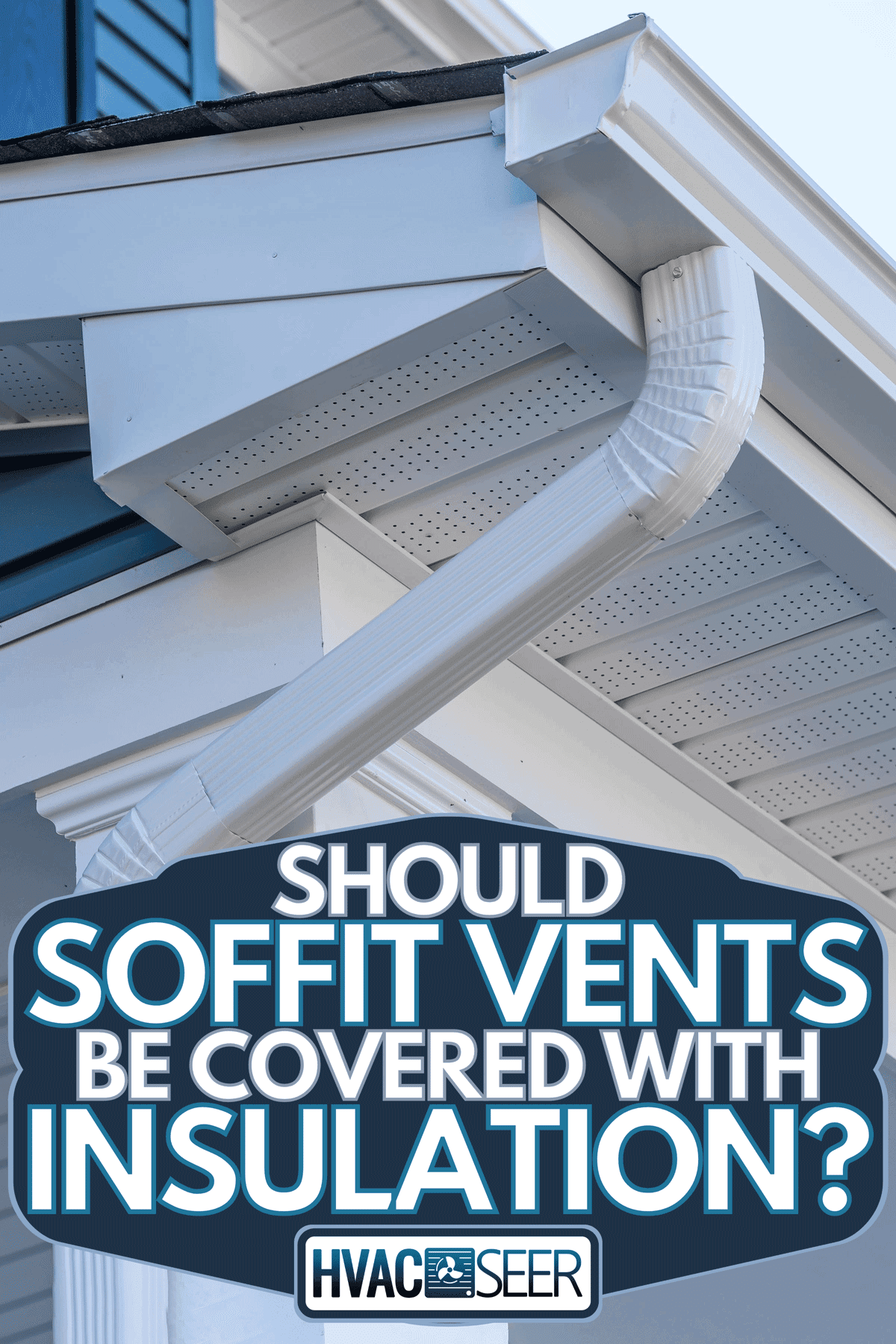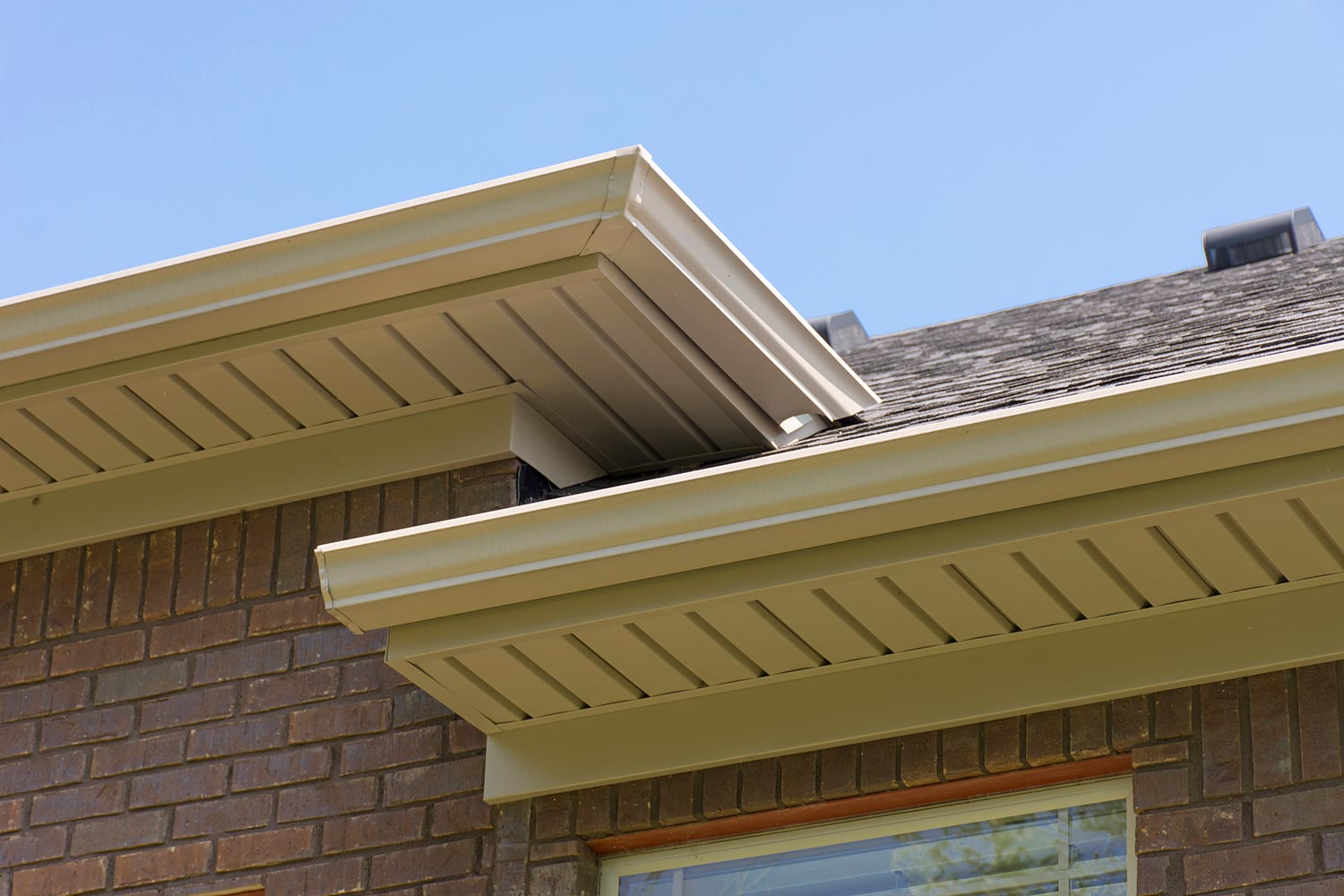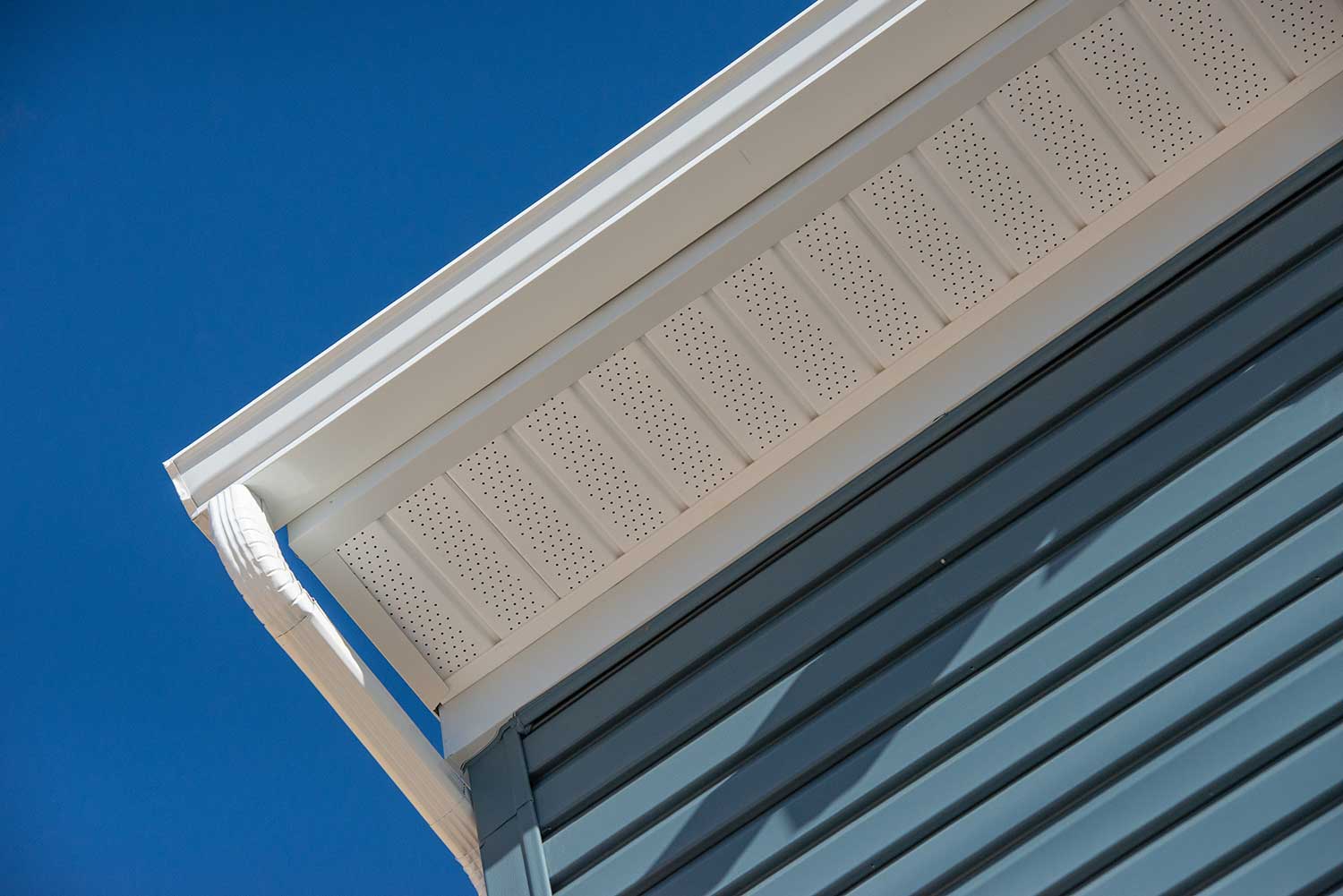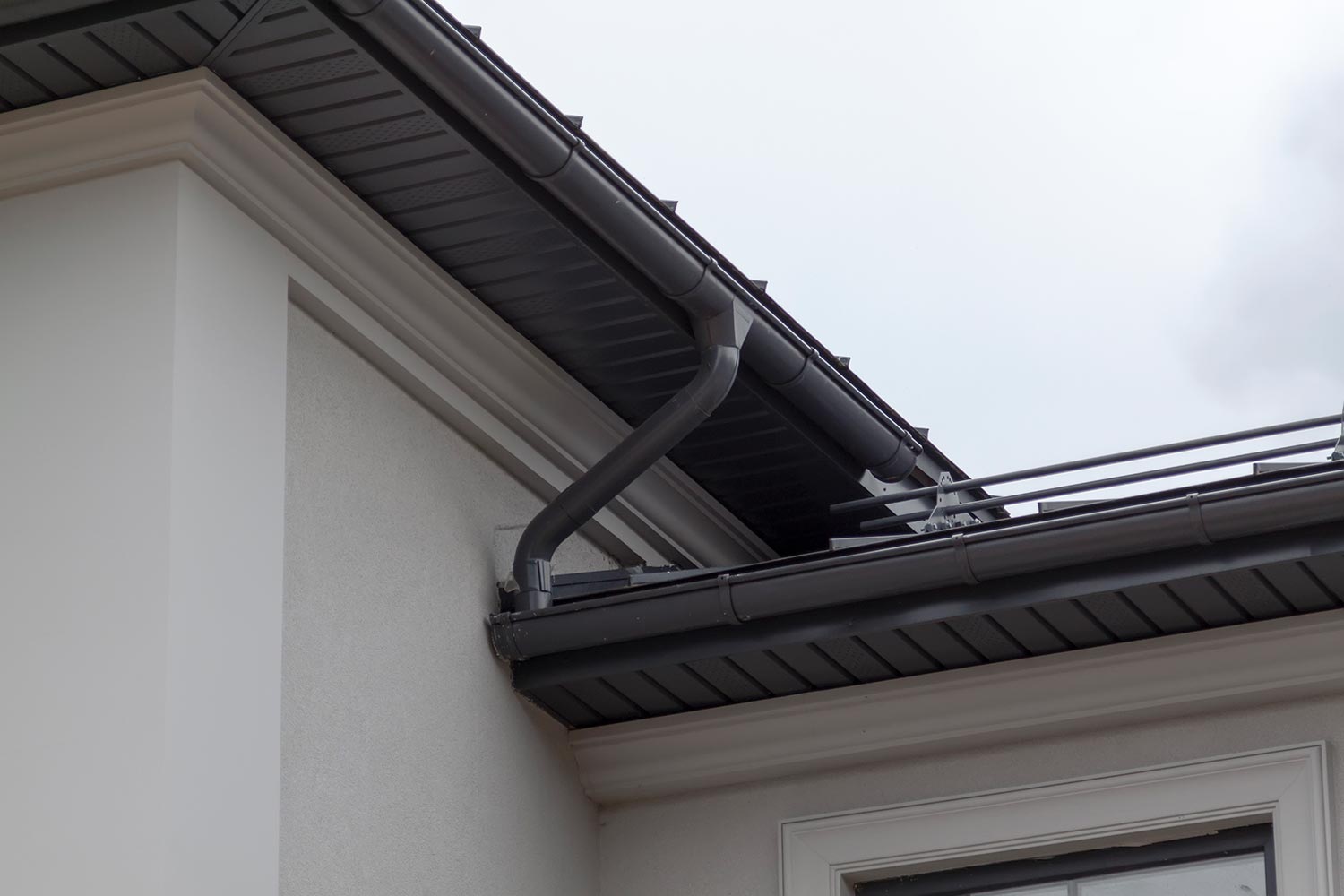If you are insulating your home, you may be wondering if you should cover the soffit vents. Unfortunately, it cannot be apparent if you are doing a DIY project and haven't had any previous experience. Don't worry, because we will help you with this project in this article.
You shouldn't cover soffit vents with insulation. By doing so, you will risk damaging your insulation. In addition, if the soffit vents are covered, the insulation is susceptible to moisture which will cause mold.
As you can see, covering your soffit vents isn't a good idea. In this article, we will take a closer look at why you shouldn't cover or block soffit vents. In addition, we will discuss and answer other frequently asked questions about soffit vents, so read on!

Should Soffit Vents Be Covered With Insulation?
Soffit vents are the openings located on the underside of your roof's eaves. They are designed to allow air to flow into your attic and help keep it cool. You should not cover soffit vents with insulation, as this will prevent the air from flowing and could cause moisture damage to your insulation. Moisture can also build up behind the insulation and cause mold, which will only make your insulation less effective.
Soffit vents are located in the kitchen and bathrooms in certain homes, but most homes have them on the house's exterior near the attic. Sometimes these areas will also have a dryer vent or a bathroom fan that can be vented through your roof.
As you can see, your soffit vents are vital for ventilation. If you cover these up with insulation, the insulation will get wet, and this will cause problems. Therefore, you need to pay attention to other areas when insulating your home.

How do soffit vents work?
As mentioned above, soffit vents are located under your roof overhang. These vents work by allowing cool air to enter your attic in the summer and warm air in the winter. The soffit vents will open when outside temperatures rise or fall, respectively. They allow excess heat to escape through your roofing system in the summer.
In the winter, the soffit vents are used to help circulate warm air throughout your attic. This allows for an even distribution of heat throughout your attic and helps keep your home warm. If you close up your soffit vents with insulation, these things won't happen as effectively, and you will decrease the effectiveness of insulation.
So, should you cover your soffit vents with insulation? No, don't cover up or block your soffit vent openings. You may also want to consider the best type of insulation for your home.
If you want to increase your home's energy efficiency while staying consistent with US building codes, you may want to consider spray foam insulation. Spray foam insulation is cost-effective and can be installed in many different homes, whether you are building a new home or doing a DIY project.
If you are planning on insulating your home, keep these tips in mind to avoid making any mistakes while adding insulation to your attic.
How do you insulate attic soffit vents?
To keep the soffit vents from being blocked by insulation, you will need to develop a way to prevent this from happening. It is best to use a flexible material that also blocks airflow.
You can do this by using caulking or spray foam insulation around your soffit vents. Make sure you cover all areas, especially any cracks.
Don't forget that many people use insulation to insulate around their soffit vents, but this is not recommended. You should also take care when installing an attic fan in your home.
Make sure you read our article on installing attic vents if you are looking for more information on this topic. If you need any help with your home insulation project, you can always contact a professional for assistance.
What happens when soffit vents are blocked?

If you block your soffit vents with insulation, then you will decrease the amount of airflow throughout your attic. This can cause moisture problems in your roof and your insulation. In addition, the increased level of moisture could lead to mold growth and or damage to other parts of your home or in your attic space.
Also, if you do not allow your soffit vents to vent excess heat in the summer, you could decrease your insulation's effectiveness. Therefore, it is best to have a professional insulation contractor install the correct type of insulation for your attic space.
Lastly, having blocked soffit vents will increase heating and cooling costs. This is because you will not allow for an even distribution of air throughout your attic space. This could affect different parts of your home, including your roofing system and insulation.
Remember that if you block up the soffit vents, it will cause problems to develop. Therefore, you must always care when adding insulation to any part of your home.
How do you keep insulation off soffit vents?
One of the best ways to keep insulation off of soffit vents is by using baffles to the trusses of the home. These are foam, cardboard, or PVC installed above the roofing trusses. These baffles will keep insulation from falling into the soffit vents.
Also, you can choose to use open-cell foam insulation. This is the best option because closed-cell insulation could cause problems with your roofing system and can also push against the soffit vents. You will need to insulate well to meet roofing requirements and ensure that homes are up to US building code requirements.
Another great idea is to use a polypropylene mesh material. This decreases the possibility of having insulation fall into your soffit vents while still allowing you to use insulation in your attic space.
Not only do these types of materials prevent the possibility of insulation being pushed through your soffit vents, but they also keep the insulation in place.
You'll need to ensure that your home is well ventilated, but you should never use closed-cell insulation around your soffit vents. Be sure to speak with a contractor before installing any roofing materials or ventilation products on your home.
How do you seal soffit vents?

If you need to seal soffit vents for any reason, then you will want to use caulk or spray foam insulation.
Caulking is a fast and easy way to make a temporary fix to keep out pests or moisture. You can apply this material around your soffit vents to ensure that air does not flow into your attic or other areas of your house.
You should be able to find caulk specifically made for soffit vents at your local hardware store. Just make sure you let the caulk cure entirely before using it, as this will allow for a more secure fit around the vent area.
Spray foam insulation is another temporary fix that can be used to seal up the soffit vents. When using spray foam insulation, you want to make sure that the small openings are completely sealed off for them to work correctly. You can use mesh or another type of protective barrier to keep insulation from being pushed into the soffit vents with air pressure.
The most important thing to remember is that you should always choose a material that will allow airflow but still prevent insulation from being pushed into the vents. This will help you avoid having problems with your insulation and roofing system in the future.
If the soffit vents need to be resealed or don't know if they need resealing, you should wait for a professional opinion. The best thing you can do is call a contractor and have them evaluate your home's structure. With their help, you'll be able to determine what type of soffit vent closures you should use and if any repairs need to be made.

Final Thoughts
You must always insulate properly using the correct type of insulation for your roofing system.
In some cases, you may need to have a professional insulation contractor assist you with completing your insulation project. You never want to risk structural damage or mold growth by blocking out soffit vents on your home.
For more articles like this one, check out our website:
Denim Insulation Vs. Mineral Wool [Rockwool] – Which To Choose?
